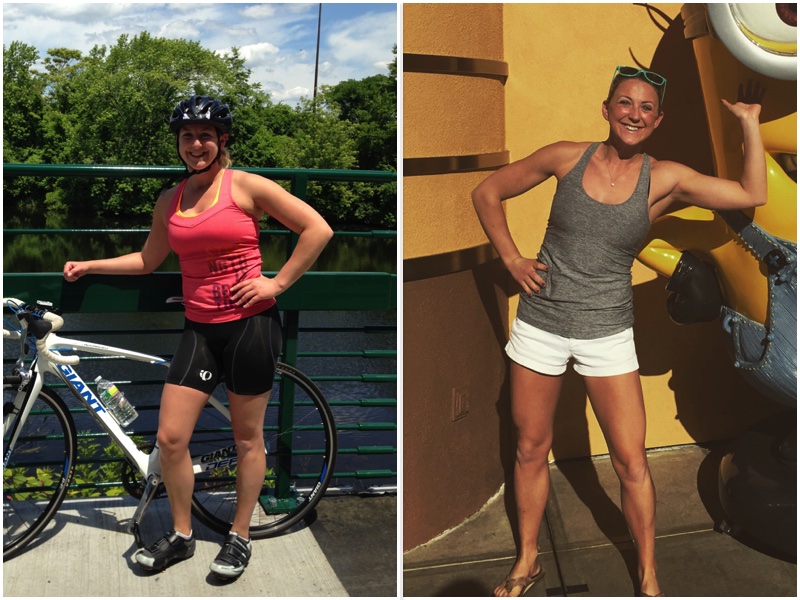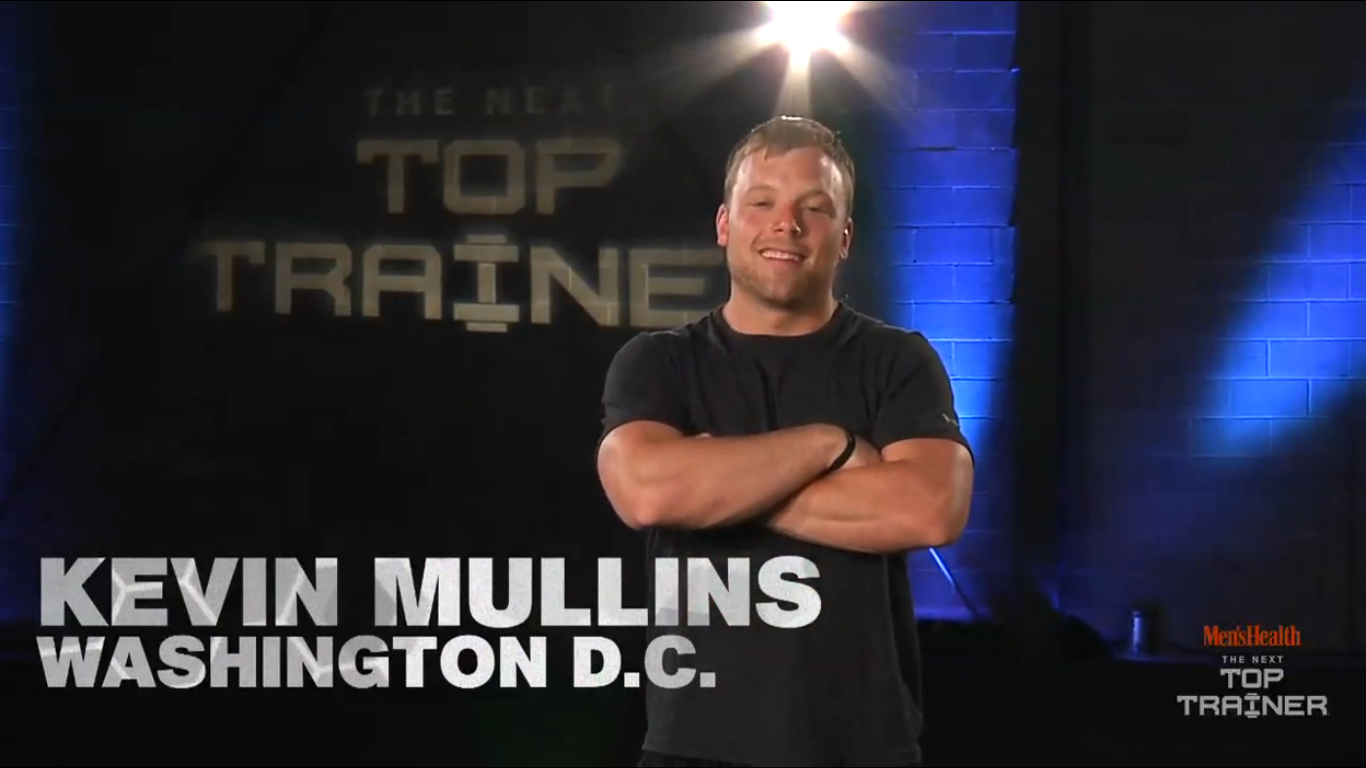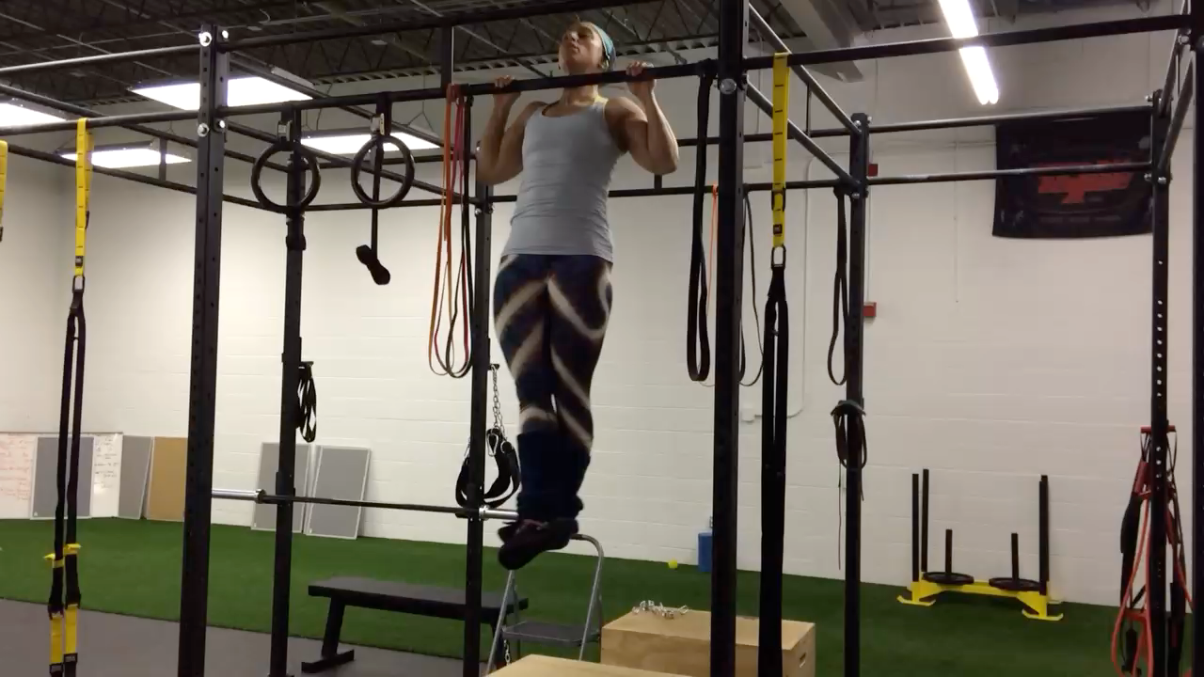Today’s guest post comes courtesy of Cressey Sports Performance’s group fitness coordinator, George Kalantzis.
Enjoy!
The fitness industry is changing. Terms like boot camp, body pump, zumba, and much more are watering down the quality of group training.
Case in Point: Bootcamp Pilates
From an upper management point of view, it makes sense to clone a generic name, throw it out there and offer a low cost offer to bring in as many as bodies as possible through the door to generate revenue.
But, just because a class may be jam packed with bodies, does not necessarily mean it may be the best fit for you.
This article will give you the ins and outs of a great group class and hopefully lead you into choosing a right class that best fits your personal needs.
1. Check References
With all the technology in the world, anyone can post an online testimonial or review. Cressey  Sports Performance Strength Camp officially launched three years ago and started with only two clients.
Sports Performance Strength Camp officially launched three years ago and started with only two clients.
Over the past three years, we have grown to five classes, three times a week, and a steady base of 35-40 clientele.
At first, that may not seem like much, but we have created a family and culture that keeps our clients coming back for more, with a steady flow of at least 1-2 new members signing up from referrals alone each month.
Before you decide to sign up for a group class, talk to current members and get a feel for the class to see if it is a right fit for you.
2. Beware of the Sweat Effect
Walk into any health club or commercial gym and you will be sure to see massive amounts of people packed into a small space.
Sure, larger groups look like a lot of fun, but you need to make sure, after taking a look and running through the class a few times, that you are not getting a list of randomized circuits and trainers who don’t care about proper form, exercise selection, flow of workout, and progression/regression of clients.Take a look at this example:
Have you ever walked into a class where the trainer was yelling random exercises and having you move all over the room, while you found yourself repeating the same things throughout the class with no exercise modifications?
If so, you have experienced the “ sweat effect”. It’s these types of classes that cause overuse injuries to clients and give group training a bad reputation.
Next time you decide to join a group class, look at the way the class is structured and see if the trainer modifies any exercises according to your individual needs.
Don’t be a sucker for the sweat effect.
3. Check the Coach to Client Ratio
While there is nothing wrong with large group training, when you are in search of a group class to learn new movement patterns and/or are relatively new to exercise, a large group setting may not be the right fit for you.
At CSP, we like to keep our client to coach ratio of 6:1, meaning that we will cap out our classes at 12 clients and provide 2 coaches.
While this is not the end-all-be-all standard list of ratios in reference to group sizes, these numbers are relatively close to the norm in the industry.
Small Group Training : 2-6 people / 1 coach
Large Group Training : 7-15 people / 2 coaches
Bootcamp/Very Large groups : 16+ / 3 coaches
Keep in mind when selecting the size of your class, as the more people there are in a group, the harder it will be to get a personalized workout.
4. Look at the Training Philosophy
Many people start out their journey in fitness and find themselves doing programs that do not match up with their goals. In fact, it’s not uncommon for people to stay doing the same routines only to end up feeling worse or injured because they have not been educated on the importance of proper recovery and exercise selection.
Here are a few things to look for in a good group class:
– Look at the warm-up, does the group foam roll and do some mobility/stability drills or do they just jump right into the workout?
– Look for a program that helps you build a base before progressing to the next level.
– Are the classes always high intensity, or do they throw in some strength work in there?
– Do the coaches take the time to coach you? To demonstrate and show you proper technique?
– Do the classes incorporate upper and lower body movements in addition to single leg work and appropriate core work?
– Is there any sense of a “ramp system” where exercises and drills are catered or modified to fit the needs of the individual?
There are certainly many more factors to consider, but I have found the points made above are an excellent starting point.
Also, just to toss it out there: if you’re a fitness professional looking to start a group exercise/bootcamp class and would like to get a leg up on the competition and learn many of the SYSTEMS we used at CSP to implement our camps, I’d highly recommend Bootcamp In a Box by Mike Robertson, Molly Galbraith, and Jim Laird.
In Conclusion
Group classes are the current trend in the fitness industry. They are incredibly affordable and lots of classes provide a great atmosphere to train in.
Before you decide to join a new class, do some homework and find a program that best fits your needs rather than a random class that will make you sweat.
About the Author
George began his time at Cressey Sports Performance as an intern in the fall of 2013, and returned in 2014 as CSP’s Group Fitness Coordinator, overseeing all Strength Camp coaching and programming responsibilities.
George is a veteran of the United States Marine Corps and was awarded an honorary discharge after eight years of service. He possesses an MBA from Southern New Hampshire University and is currently attending massage school to become a licensed massage therapist.
Outside of CSP, George maintains a fitness-related blog that can be found at www.sgtkfitness.com.
He and his wife Shawna reside in Manchester, NH, with their fur-baby Lola the dog.







 If you didn’t have to dive too far into the sciences to get your certification, than it is imperative that you seek them out on your own. College degrees in the field of kinesiology, biomechanics, bioenergetics, and good ol’ exercise science, can provide you with a firm base for you to build upon.
If you didn’t have to dive too far into the sciences to get your certification, than it is imperative that you seek them out on your own. College degrees in the field of kinesiology, biomechanics, bioenergetics, and good ol’ exercise science, can provide you with a firm base for you to build upon.

/cdn0.vox-cdn.com/uploads/chorus_asset/file/3581170/151296637.0.jpg)






